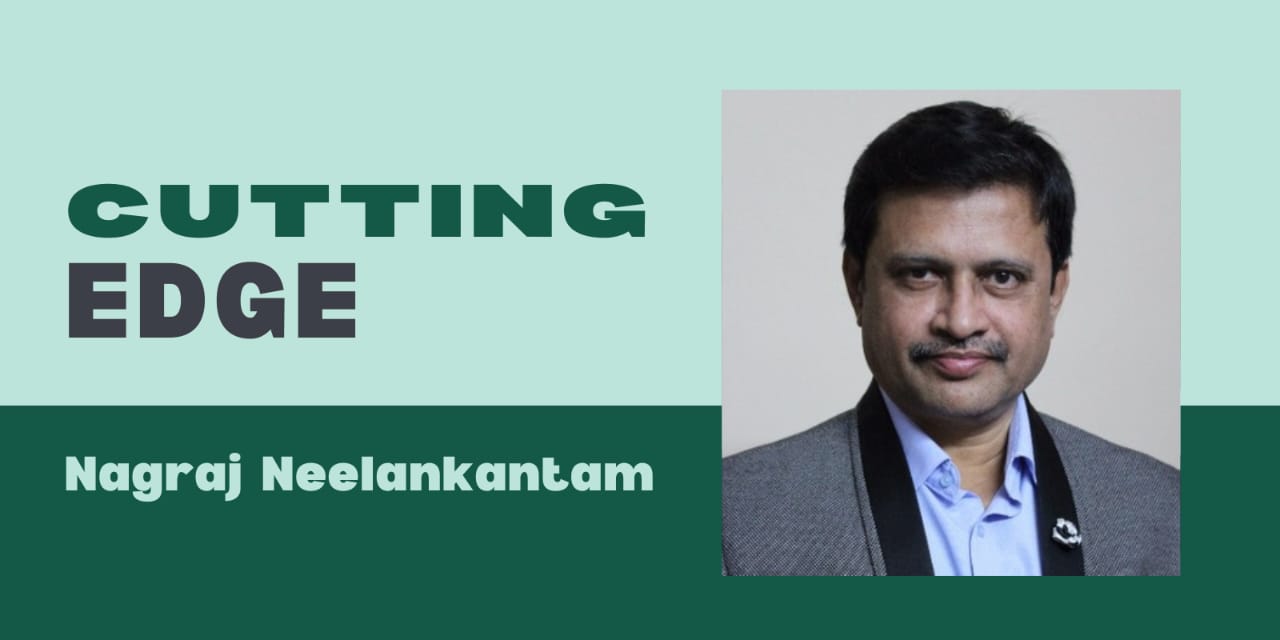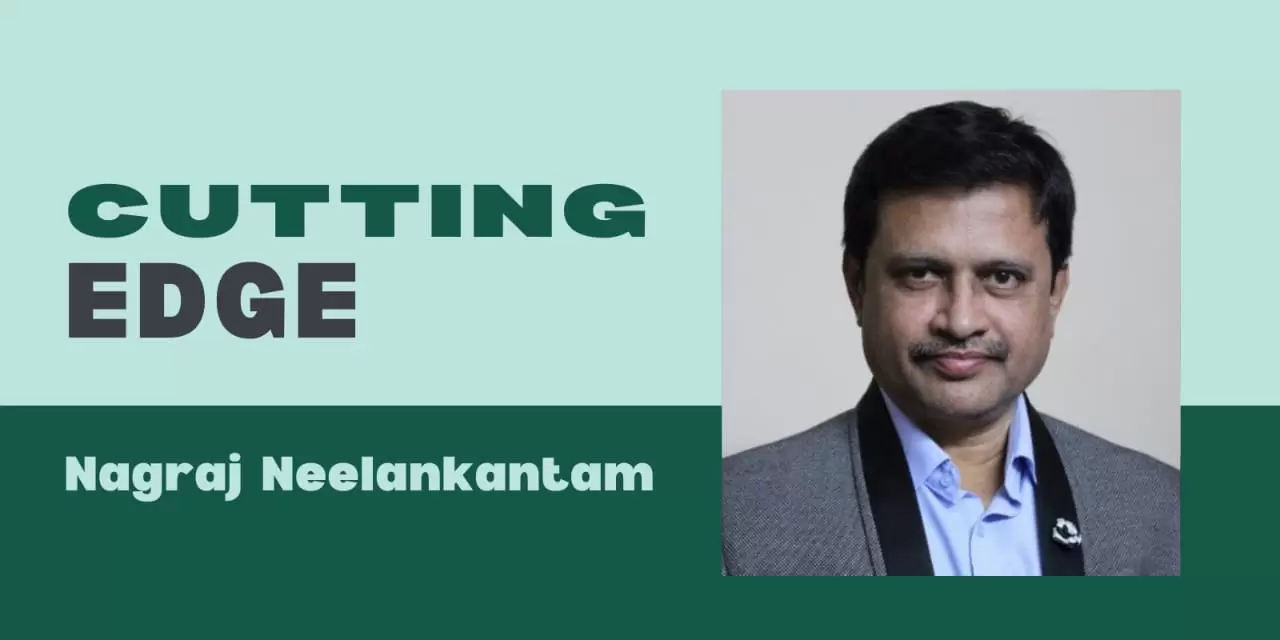In the intricate arena of international diplomacy, every nation must balance pride with pragmatism. When the world’s largest democracy faced a sudden economic blow from the world’s most powerful economy, what followed was not confrontation — but Koot Neethi, the timeless Indian art of turning adversity into advantage.
This is the story of how Prime Minister Narendra Modi, through strategic foresight and quiet economic brilliance, transformed a high-stakes trade crisis into a monumental win for India’s economy, diplomacy, and dignity.
It began when then–US President Donald Trump imposed a 50% tariff on Indian exports, a move that placed nearly ₹5,000 crore worth of trade under threat. Panic rippled through Indian markets as exporters faced immediate losses, while the larger geopolitical motive soon became evident — Trump sought leverage over India’s energy relations with Russia, particularly through Reliance Industries’ $13 billion deal with Rosneft.
For a nation striving to assert its economic independence, this was more than a fiscal challenge — it was a test of India’s emerging global posture.
Recognizing the pressure point, Prime Minister Modi identified Mukesh Ambani not merely as India’s wealthiest industrialist but as a diplomatic instrument of economic soft power. Trump, known for admiring billionaire deal-makers, viewed Ambani as someone susceptible to business pressure — unaware that this assumption would become India’s hidden strength.
Reliance’s deep involvement in Russian oil gave India a negotiation lever — one that could be used not as a weakness but as a balancing tool between two superpowers.
At the peak of this tension, Modi offered a bold counter-proposal: India would slow — though not stop — its Russian oil imports through Reliance and Nayara, in exchange for a reduction in US tariffs to 15%.
The Prime Minister’s stance was clear and firm — tariff reduction was non-negotiable. If the US refused, India would continue its energy partnership with Russia unabated. Faced with growing political and economic pressure from American farmers reeling under China’s trade restrictions, Trump relented. What emerged was a deftly structured compromise — a practical victory disguised as cooperation.
To strengthen India’s hand, the government advanced its ethanol blending target from 2028 to 2025. This move not only accelerated India’s energy diversification but also cleverly redirected global agricultural dynamics.

By shifting ethanol production from sugarcane to corn, India created an artificial demand for American corn, offering relief to US farmers while simultaneously fuelling its domestic energy security. Reliance, managing much of India’s fuel infrastructure, became the operational bridge — importing US corn exclusively for ethanol production, not food consumption.
It was a move that satisfied multiple national interests while keeping India’s strategic independence intact.
The results were immediate and far-reaching. The negotiation saved ₹85,000 crore in exports, stabilized Reliance’s market standing, and protected millions of Indian jobs.
India, in turn, agreed to limit — but not cease — Russian oil imports, thereby maintaining its partnership with Moscow while avoiding potential US sanctions. Reliance emerged as a geopolitical stabilizer, skilfully balancing East and West in a world divided by energy politics.
In the public sphere, Trump projected the outcome as a personal victory, highlighting his administration’s “tough stance” on trade. Yet behind the scenes, it was India’s diplomatic choreography that had shaped the terms.
By allowing Trump to “save face,” Modi ensured continued goodwill while reinforcing India’s strategic autonomy. Business magnates like Ambani and Adani became extensions of India’s diplomatic apparatus — private-sector ambassadors advancing the country’s long-term interests through commerce and quiet negotiation.
During this period, Reliance’s stock performance became a subtle indicator of ongoing diplomatic progress. Market analysts noticed that when negotiations approached resolution, the company’s value rose steadily; when talks faltered, volatility returned.
This intertwining of diplomacy and market behavior revealed how India’s corporate giants have become integral to national policy and international signaling.
India’s approach in this episode marked a turning point in modern statecraft. Unlike nations that capitulated under external pressure, India preserved both its Russian energy ties and American trade access without visible compromise.
Reliance, in this new landscape, stands not merely as a corporation but as a geopolitical asset — simultaneously contributing to domestic energy innovation, global diplomacy, and employment security. The message to the world was unmistakable: India negotiates from strength, not submission.
Among the quieter outcomes of this strategic deal was the anticipated entry of American paneer (cheese) into Indian markets — a by-product of new trade alignments. Months before the tariff resolution, Ambani had already laid the groundwork through discreet engagement with US officials, ensuring the eventual agreement appeared seamless.
While China halted Russian oil imports under pressure, India demonstrated a contrasting narrative — one of calculated independence rooted in the Sanatani principle of balance (Samatwa).
What defines this episode is not merely diplomacy, but leadership through foresight. Modi’s method reflects Koot Neethi — the ancient Indian doctrine of strategic intelligence that transforms vulnerability into opportunity.
By aligning global stakeholders — Russia, the US, and domestic industry — under a single integrative policy, India displayed what can only be described as a civilizational strategy in modern form.
This was not confrontation, but cooperation — on India’s terms.
This model of negotiation represents the highest form of statecraft: converting economic threats into shared prosperity. It rescued Indian exports, revived American farming interests, preserved Russian relations, and strengthened domestic energy reform.
More importantly, it reflected leadership grounded not in impulse or ideology, but in clarity, empathy, and pragmatic balance.
This “win-win” Koot Neethi offers timeless lessons for CSR practitioners, policymakers, and future leaders. By maximising resources, aligning multiple interests, and maintaining harmony without surrender, Modi’s approach demonstrates how ancient wisdom and modern governance can coexist — to serve both nation and humanity.
India’s quiet yet firm diplomacy has thus shown that true power lies not in dominance, but in disciplined balance.





